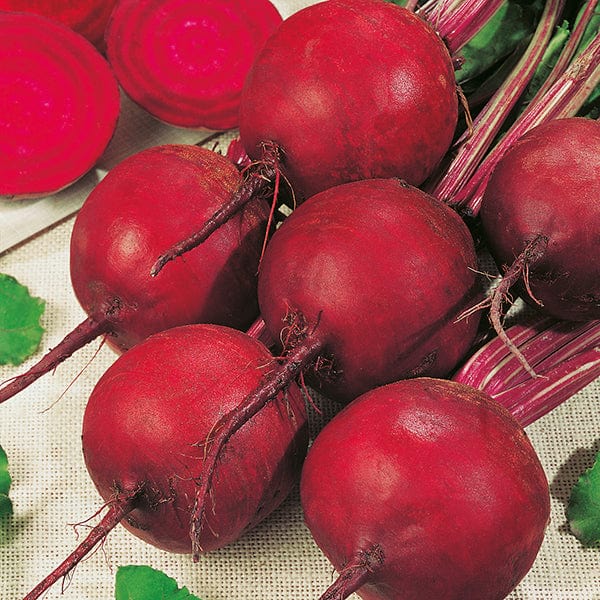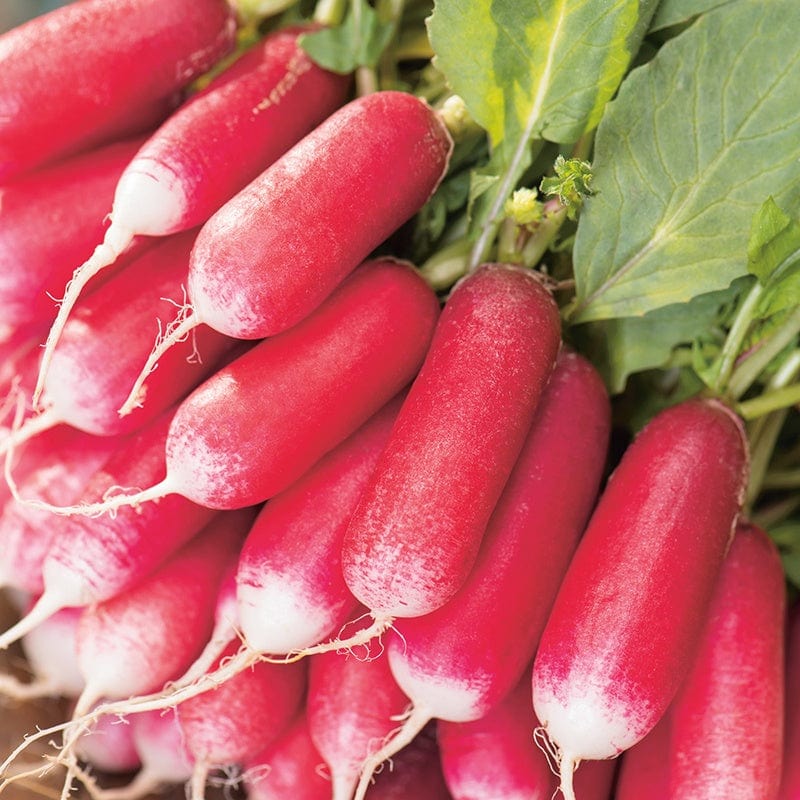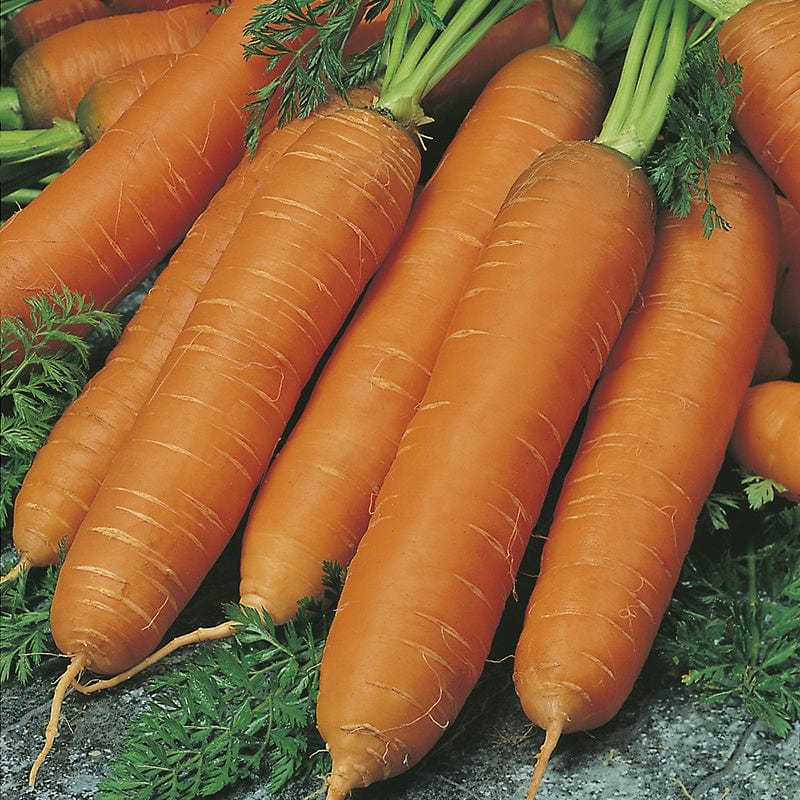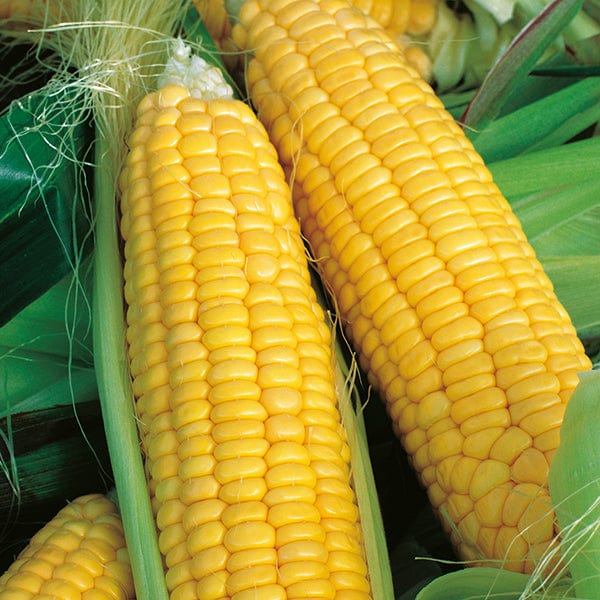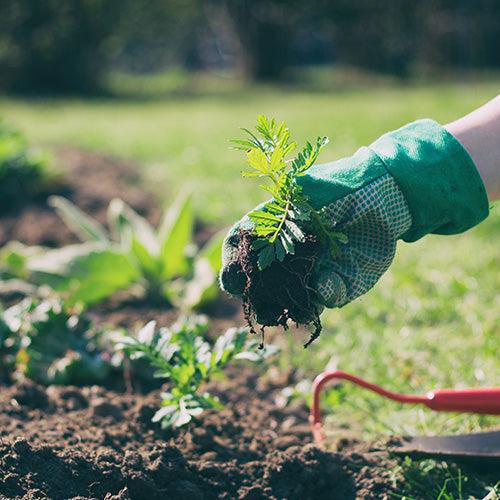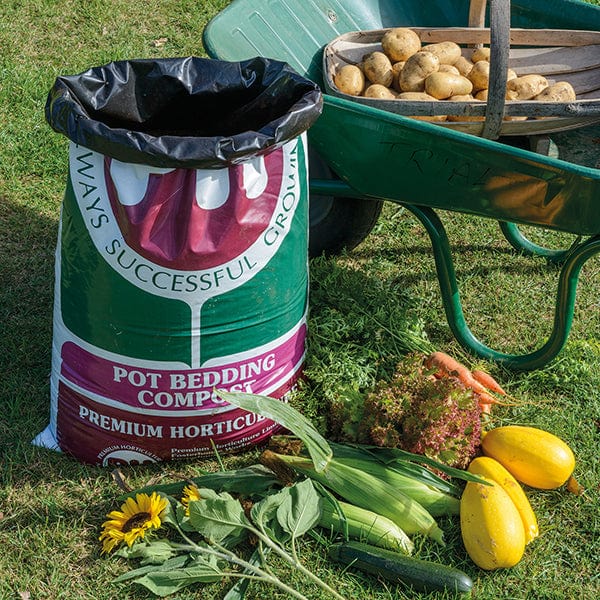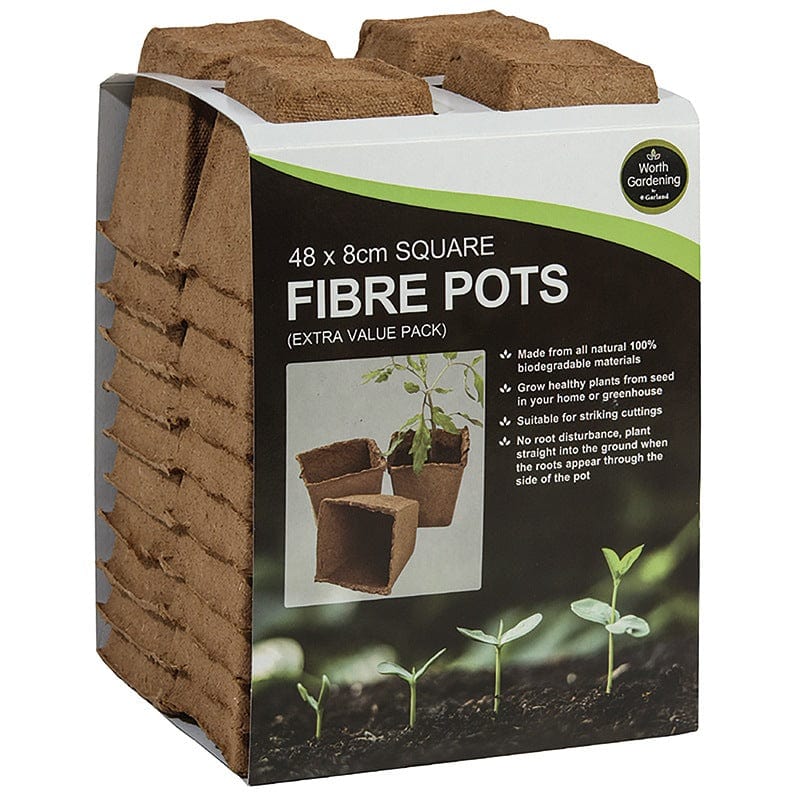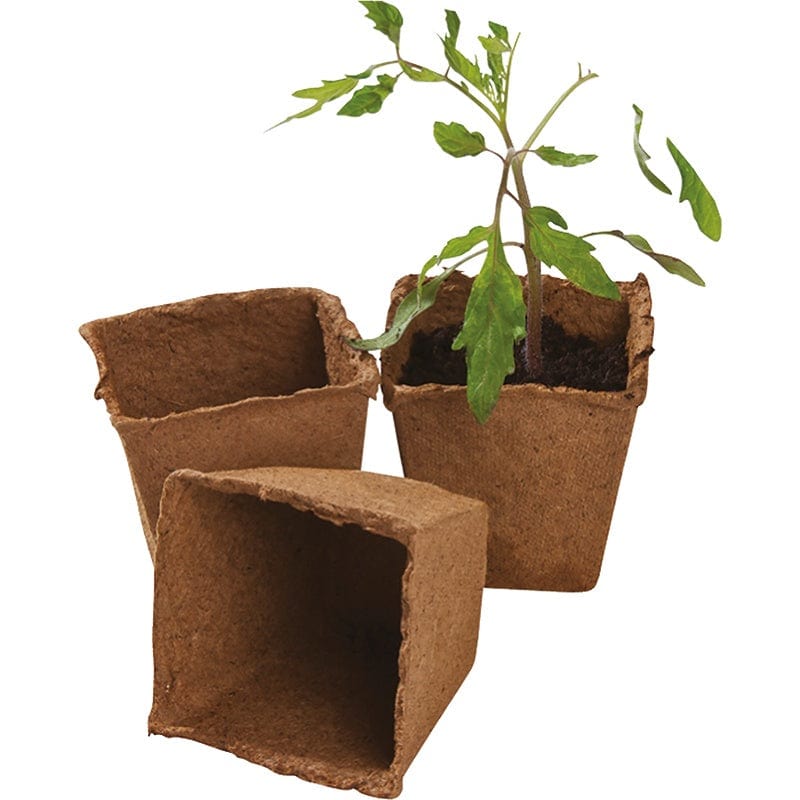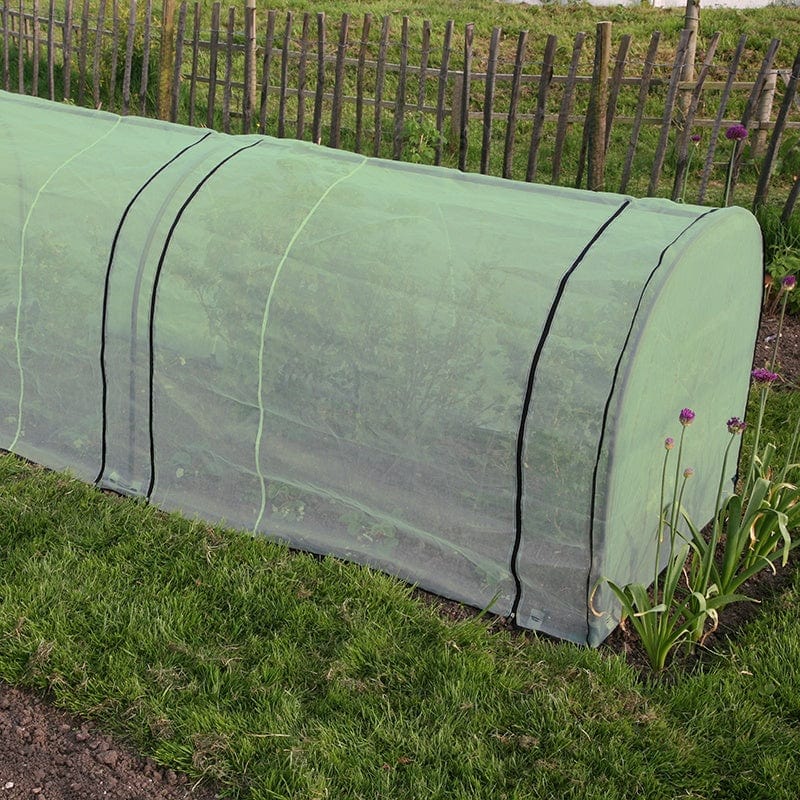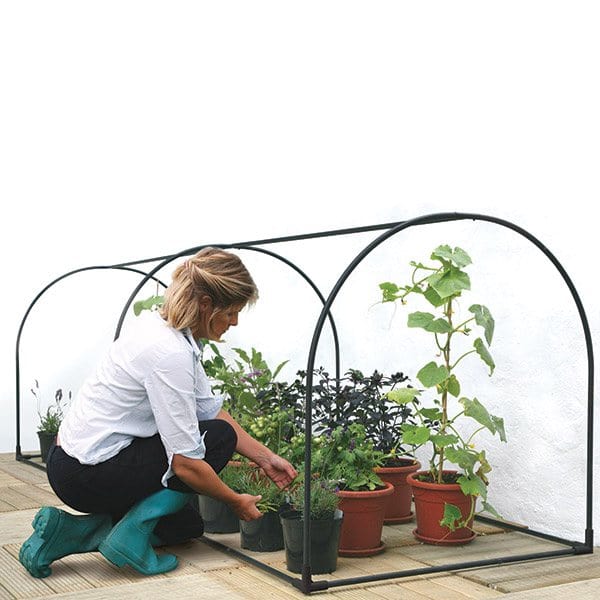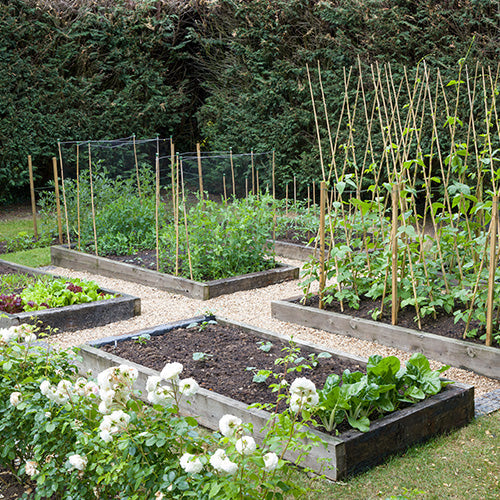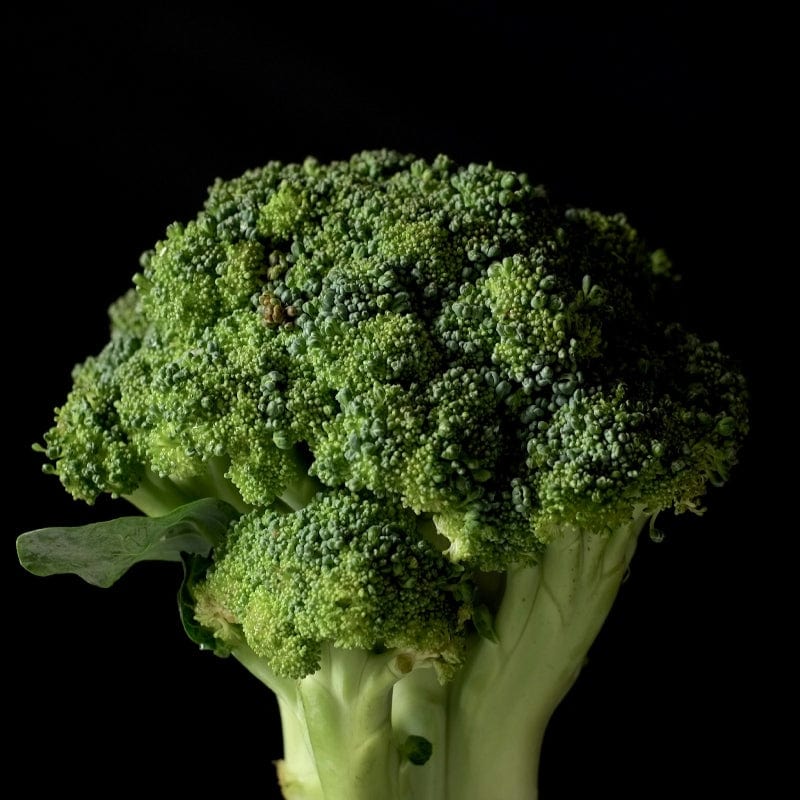No matter what type of seeds you’re growing, whether they be vegetable seeds, fruit seeds, herb seeds or flower seeds, managing the seedling stage well is key to getting your plants off to a good start.
Though all types of seeds will differ somewhat in their specific instructions, there are some universal practices to bear in mind when sowing in your growing space. To help you out, we’ve put together our best tips on growing healthy seedlings to keep your plants thriving at this vital stage.
What Temperature Do Seeds Need to Germinate?
Packets will give the ideal temperatures for the seeds you are growing specifically. In general, indoor sowings are usually best kept between 15-20°C. Outdoor sowing is usually best done when soil temperatures reach 10°C in late spring.
Can I Sow My Seeds in General Compost, or Do I Have to Use Special Seed Compost?
There will be plenty of people who use general garden compost and achieve results they are happy with. However, for an informed choice, seeds sown in too rich a compost (i.e., with plant food in it rather than a plain seed compost) can race upwards, get very leggy and flop over to one side.
This is known as growing them ‘soft’ and can result in weak plants that are susceptible to disease and other environmental factors they might otherwise have been able to cope with.
How Often to Water Seedlings
Generally, seedlings should be watered once every day, ensuring that the soil remains moist but not soggy.
Getting watering right is key, as watering too much can cause your seedlings to become waterlogged. This will increase the risk of diseases and cause drooping leaves. However, underwatering your seedlings will lead to stunted growth and prevent them from receiving the nutrients they need.
What Is Pricking Out?
At a certain stage of growth, seedlings will need pricking out. Pricking out seedlings is the process of taking out your seedlings once they begin to develop and placing them into a larger container. This allows them more space for their roots to grow and prevents competition with other seedlings.
When to Replant Seedlings for Pricking Out
You should prick out your seedlings once they show their first set of true leaves. These are typically the leaves that follow the plant's first set of leaves after germination. These more closely resemble the full-sized leaves that they will go on to grow.
How to Prick Out Seedlings
The important aspect with pricking out seedlings is to be gentle, as they will be very delicate. You can use a dibber, or a pencil, to carefully poke under your seedlings and lift them upwards. You should ensure that you lift up your seedlings by the leaves rather than the roots to avoid crushing them.
Then, transfer your seedlings to new seed trays or individual pots filled with multi-purpose garden compost. Create holes in the compost using your dibber or pencil and water them in with tepid water.
For further advice on pricking out, take a look at our guide on pricking out your seedlings.
How to Harden off Seedlings
Hardening off seedlings is an important step of growing your seedlings to ensure their success. This is the process of gradually acclimatising them to outdoor conditions, which takes around one to two weeks. If seedlings are immediately planted outdoors, there is the risk a plant’s growth may be stunted. So, slowly getting them used to the outdoors is safest.
Place your seedlings in a cold frame, leaving the lid open during the day and closed during the night. If you don’t have a cold frame, placing your plants in a sheltered position, such as in front of a hedge or south-facing wall, and covering with fleece is recommended.
For further information, be sure to refer to our guide on how to harden off plants.
When to Transplant Seedlings to Their Final Position
Once your seedlings begin to develop, they will need transplanting into their final growing position, whether this be in a container or directly in the ground. This should be done when the risk of frost has passed, as a frost can be detrimental to their growth. If planting outdoors, this will need to be done after them being hardened off, as described above.
Caring for Seedlings Planted Outdoors
Your young plants will be a little delicate still when newly planted outside. So, taking care of them at this early stage will help them to grow healthily.
Plant them in a spot with some shade, as they may not yet be ready for full sun and this could stress them. If there is a prediction of poor weather, keeping them under fleece for plants or a garden cloche will keep them protected.
Fleece or netting is also a good way to protect them from pests, such as slugs and snails. For additional protection, we offer many slug and snail control products to prevent or resolve the problem.
How to Store Seeds
If you have any seeds remaining after sowing, you should store them in a labelled, air-tight container. This will keep them preserved until their next sowing and can keep for several years.
Related Products
Quality Seeds at D.T. Brown
After reading this guide, we hope you now know how to look after your seeds for healthy, vigorously growing plants. At D.T. Brown, we offer a wide selection of seeds, including vegetable seeds, fruit seeds, herb seeds or flower seeds. Each of our seeds is stringently tested to ensure the highest rates of germination, so you can trust all seeds from our range to reliably grow.
For more handy articles and comprehensive growing guides for growing a range of vegetable plants and fruit plants, take a look at our garden blog.
For more information about our range of herb plants, garden equipment, greenhouses, or anything else we have available, get in touch today and a member of our team will get back to you as soon as possible.



